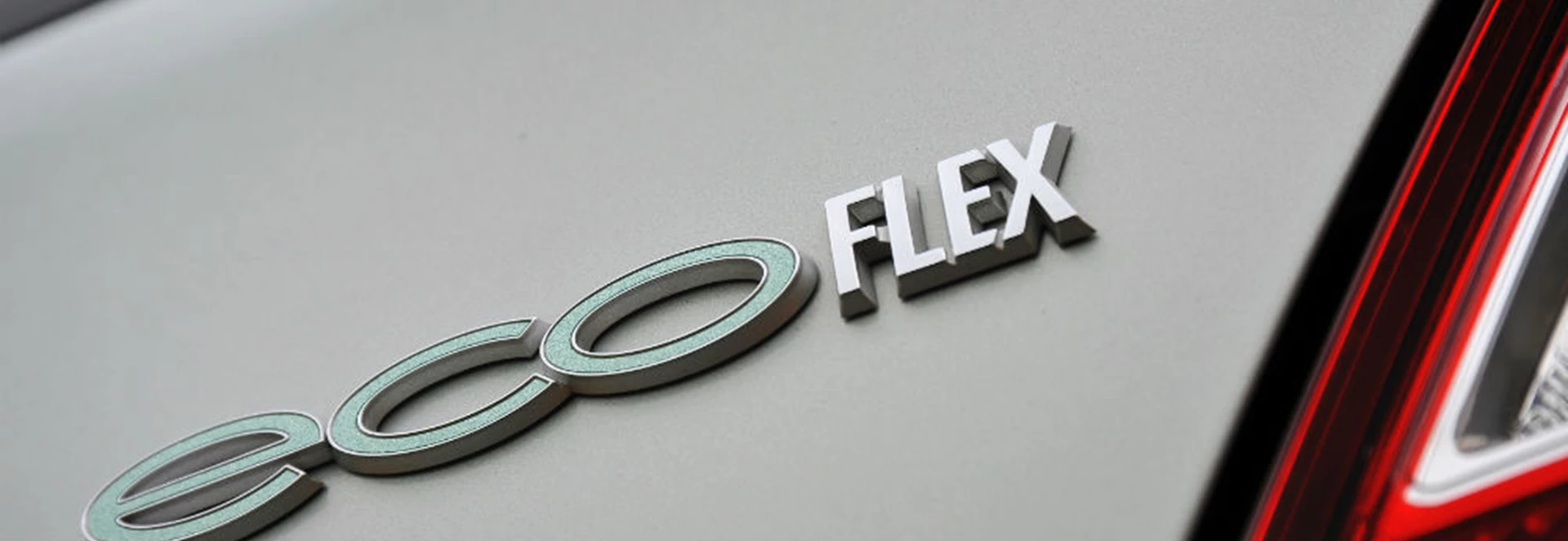When searching for a new car, chances are you’ve come across terms like ‘EcoBoost’, ‘TwinAir’, ‘ecoFLEX’, ‘SKYACTIV’ or ‘BlueMotion’. These are all eco-signatures currently in use by manufacturers.
But you may be wondering just what are eco-signatures exactly, and how can they benefit new car buyers? In this guide we’re explore these questions and reveal the current eco-signatures used by manufacturers in Britain.
Defining eco-signatures
An eco-signature is basically a moniker given to certain specifications for a car model which place greater emphasis on cleaner and more efficient running.
If a customer is interested in a particular car, and they want to have the most economical specification in the range, the eco-signature is an immediate indicator of such.
Bear in mind that these eco-signatures do not normally apply to any hybrid or electric cars, or indeed any alternative fuel vehicle in the range. Eco-signatures are dedicated to the most efficient cars which still use a conventional petrol or diesel engine.
These cars carrying an eco-signature can achieve more economical running by being lighter, or by having cleaner engines or fuel saving technology such as stop-start. Improved aerodynamics and low roll resistant tyres are other things cars with eco signatures may gain for more frugal running.
There are clear financial benefits to buying a car with an eco-signature and therefore low CO2 emissions. Since it will emit less than other specifications in the range, you’ll spend less on Vehicle Excise Duty and require less frequent visits to the fuel pumps.
Current eco-signatures
Are you looking to buy a new car with a traditional and efficient petrol or diesel engine, but are still unsure about the vast array of lower-CO2 eco-signatures? Here’s our overview of the current signatures used, the brands they are associated with and what type of engines they are designated to:
Alfa Romeo – MultiAir and TwinAir
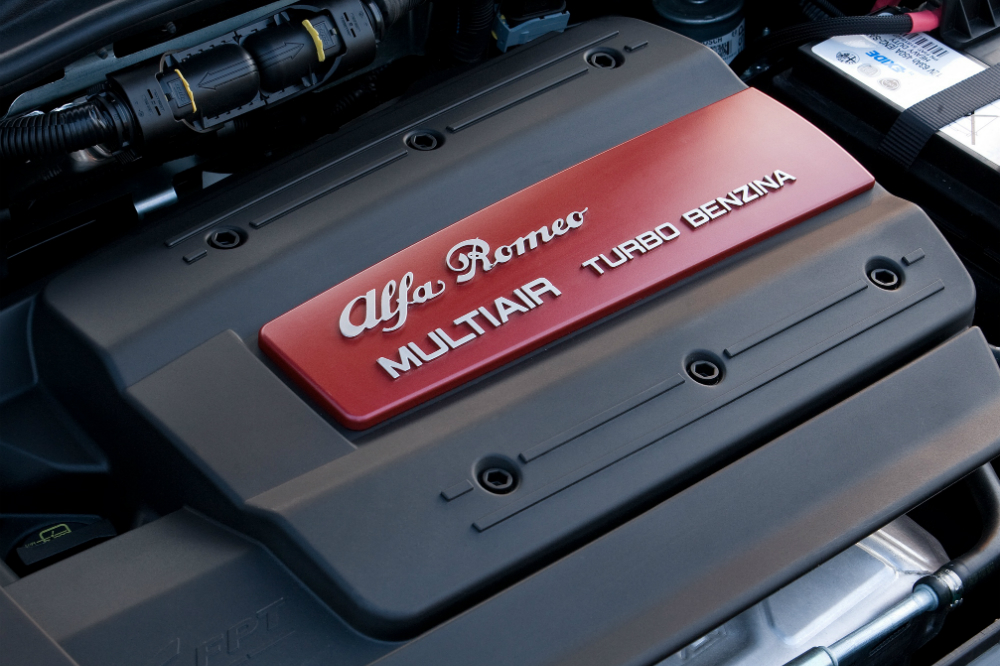
Both the MultiAir and TwinAir engine technologies originate from the Italian car makers Fiat, which of course owns the Alfa Romeo brand. Both of these signatures apply to petrol engines and they are available for the latest Mito and Giulietta in Alfa Romeo’s product range.
Compared to a more ‘standard’ petrol engine, MultiAir technology is said to increase power output by 10 to 35 per cent. At the same time, however, it also reduces fuel consumption and CO2 emissions by around 10 per cent.
The recognisable TwinAir signature is used for a 0.9-litre engine currently available with the Alfa Romeo Mito. The TwinAir engine name has a strong reputation, and the 0.9-litre unit even won the International Engine of the Year accolade back in 2011.
Audi – Ultra
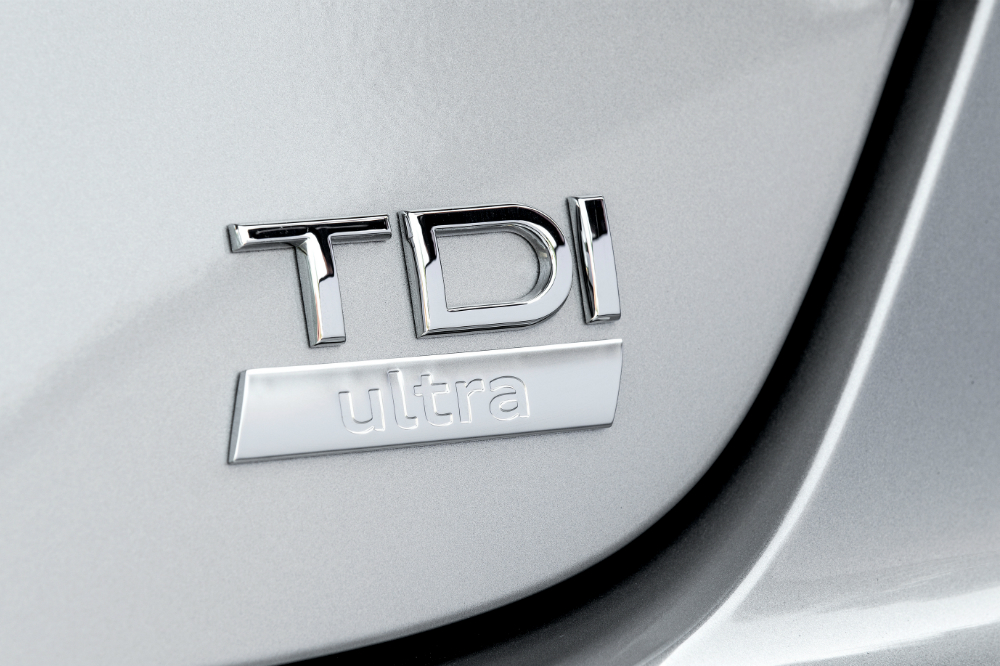
One of the more recently introduced eco-signatures to emerge in the market, the word ‘Ultra’ applies to the most efficient specifications in Audi’s executive car line-up.
Current examples include the Audi A6 Ultra which features a 2.0-litre TDI diesel engine.
BMW – EfficientDynamics
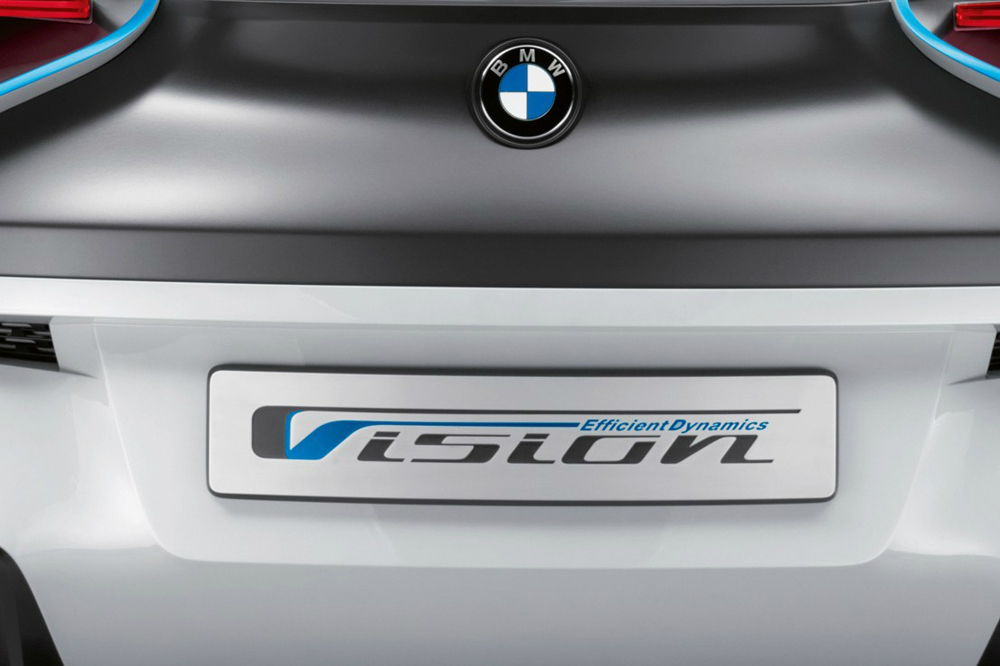
The term EfficientDynamics is used for current BMW models which use frugal diesel units, supported by a combination of various fuel-saving technologies. There are models with the EfficientDynamics eco-signature found for the 1 Series, 3 Series and 5 Series ranges, plus the X1 crossover.
The total number of EfficientDynamics models on sale surpasses twenty and none produce more than 140g/km in CO2 emissions.
Citroen – Airdream and PureTech

The Airdream signature is tied to certain Citroen models with the most efficient e-HDi diesel units, which can come in various sizes including 1.4-litre or 1.6-litre. This covers cars including the C3, DS3, C4, DS4, C5 and DS5.
PureTech is a much more recent addition to the Citroen product range and is applied to new and very frugal petrol units. A 1.2-litre petrol unit with the PureTech signature can be specified with the C4 Cactus crossover.
Fiat – MultiJet and TwinAir
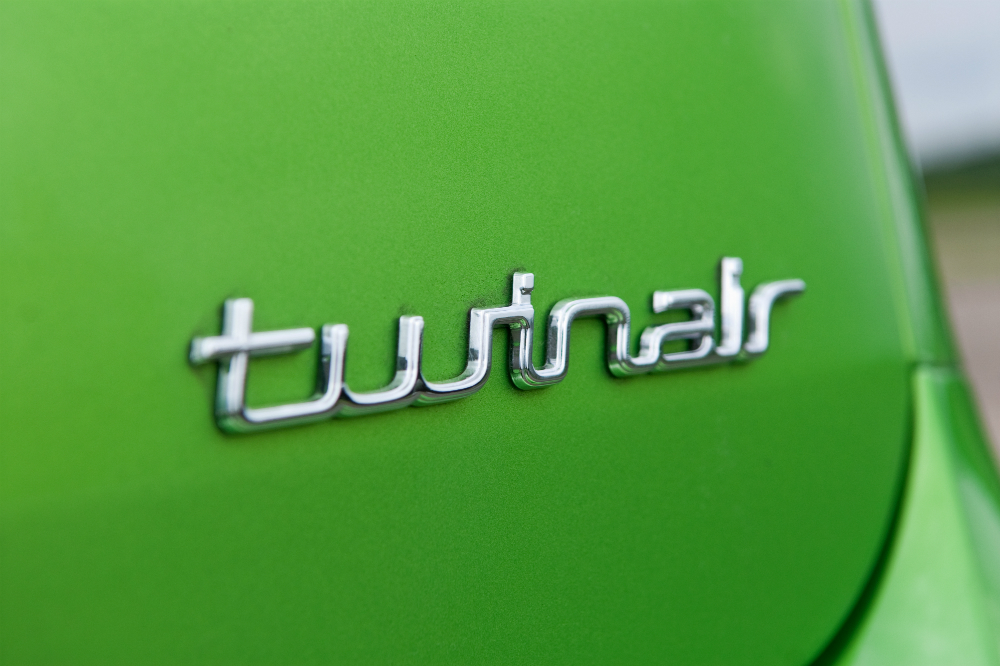
The name MultiJet is used for Fiat’s latest common-rail diesel technology. Across the product range Fiat cars with MultiJet engines keep CO2 emissions below 130g/km or an even lower figure in some cases.
TwinAir, as mentioned earlier above, is a name applied to Fiat’s latest 0.9-litre petrol engine which offers incredibly frugal running, particularly in the 500 city car.
Both MultiJet and TwinAir feature for certain cars within other brands owned by Fiat. For example both of these signatures feature for Chrysler and TwinAir is also found available for the latest Alfa Romeo Mito.
Ford – ECOnetic and EcoBoost
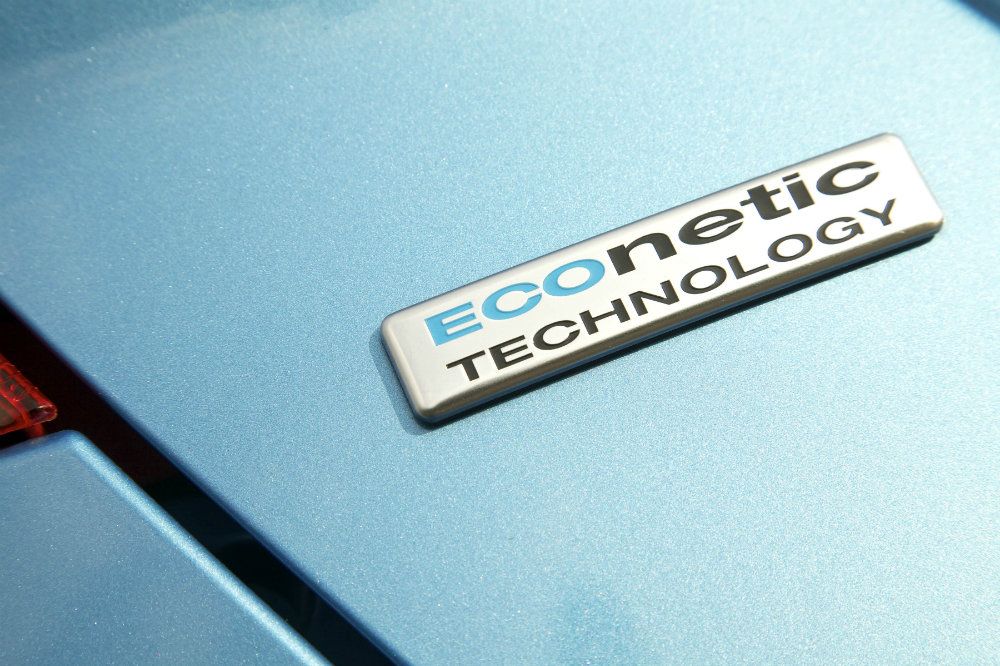
The ECOnetic signature, currently applied to certain Fiesta and Focus models, is used for Ford’s most frugal diesel engine. Meanwhile, the EcoBoost signature applies to the most frugal petrol units the company has to offer.
ECOnetic diesel units offer the most frugal running of all, but the EcoBoost engines (particularly the 1.0-litre unit) are very impressive in terms of efficiency for petrol units.
One sign of just how impressive EcoBoost petrol units are is the fact the 1.0-litre unit in the latest Focus is the first non-hybrid family car to deliver a CO2 output below 100g/km. The 1.0-litre EcoBoost engine has also won the International Engine of the Year accolade for 2012, 2013 and 2014.
Hyundai – Blue Drive
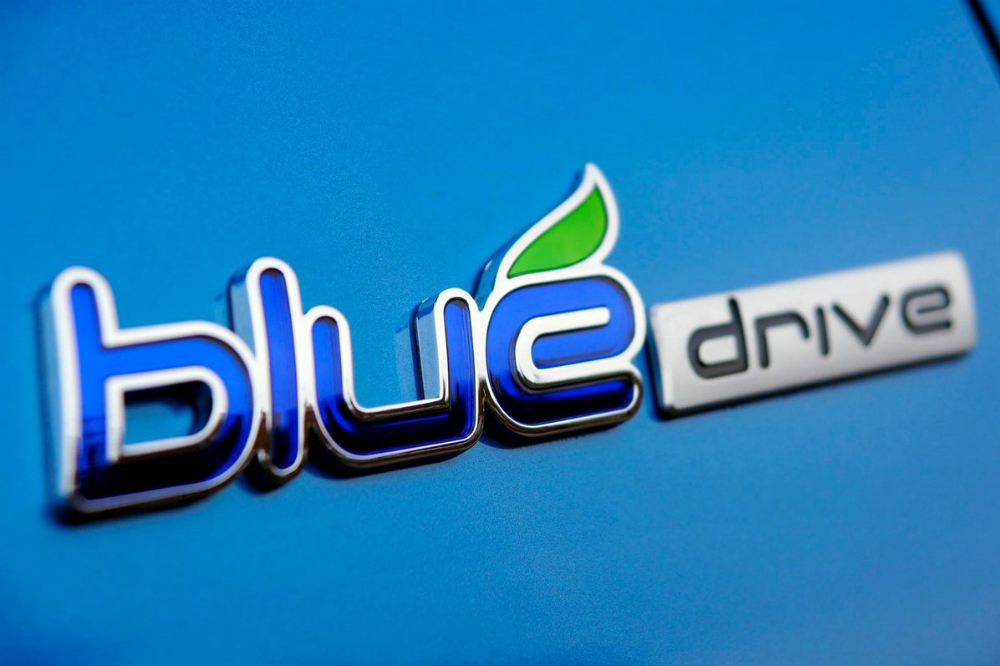
The Blue Drive eco-signature applies to the most frugal specifications in the majority of Hyundai’s current models.
For the most part, Blue Drive is applied to 1.6-litre diesel units but has also been used for a new Hyundai with a 1.0-litre petrol engine.
Kia – ECO dynamics
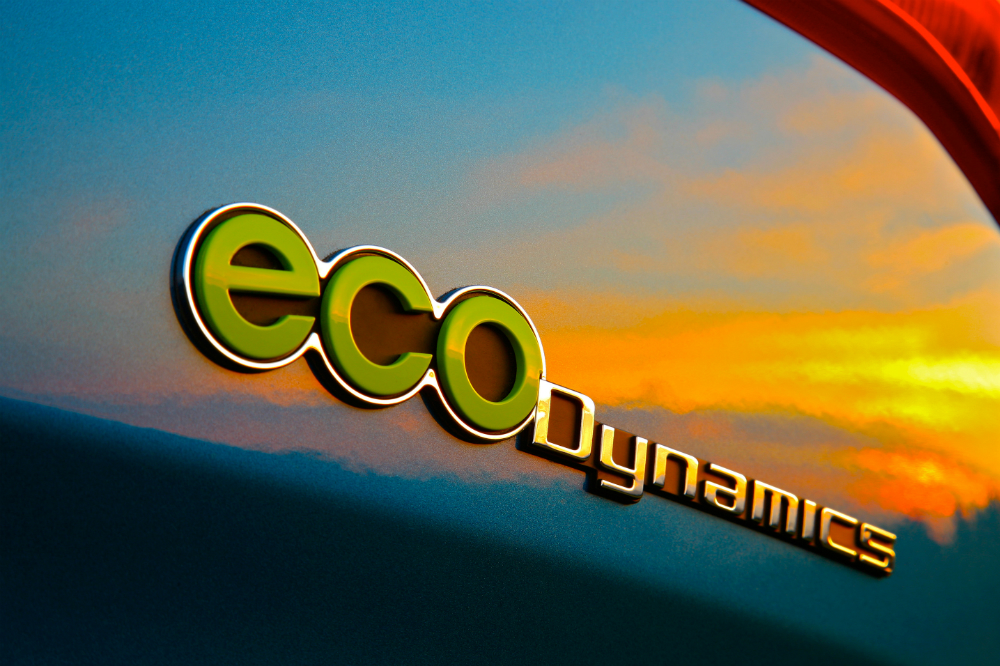
The various fuel-saving technologies which make up Kia ECO dynamics was originally found exclusively on the diesel-powered Ceed family car. It has since spread to other models; however, including the Picanto and the Rio and now features with both petrol and diesel units.
Kia’s eco-signature covers not just engine tech but also things such as aerodynamic updates specifically designed to improve efficiency.
Mazda – SKYACTIV
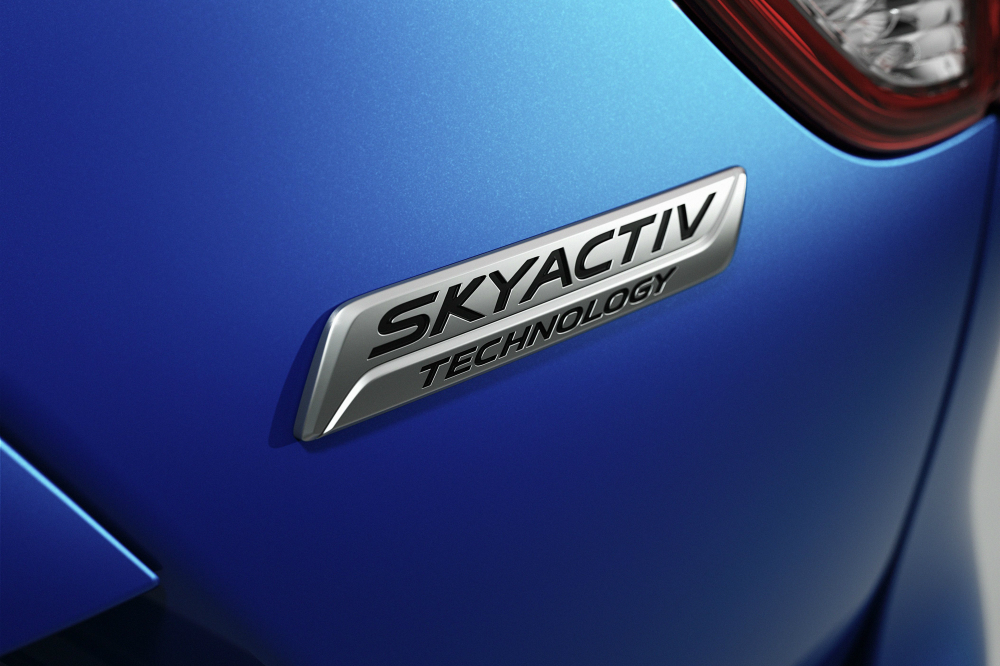
First debuting on a new car back in early 2012, the Mazda SKYACTIV signature can now be seen across almost every car sold by the manufacturer.
The term applies collectively to all the various kinds of technology designed specifically to make Mazda cars return both decent performance and efficiency. That includes the stop-start engine technology available, as well as the aerodynamic work plus other design work.
Mercedes-Benz – BlueTEC and BlueEfficiency
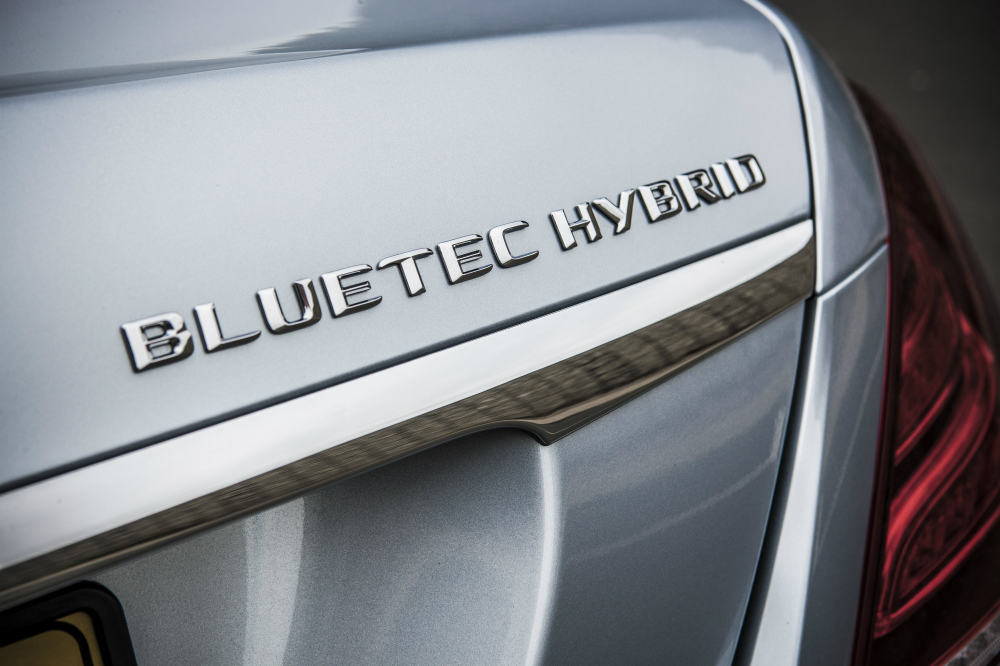
BlueTEC is the signature currently used by Mercedes-Benz for its emission-reducing technology applied to diesel engines.
BlueEfficiency is the signature for the emission-reducing technology featured on Mercedes’ petrol units.
SEAT – Ecomotive
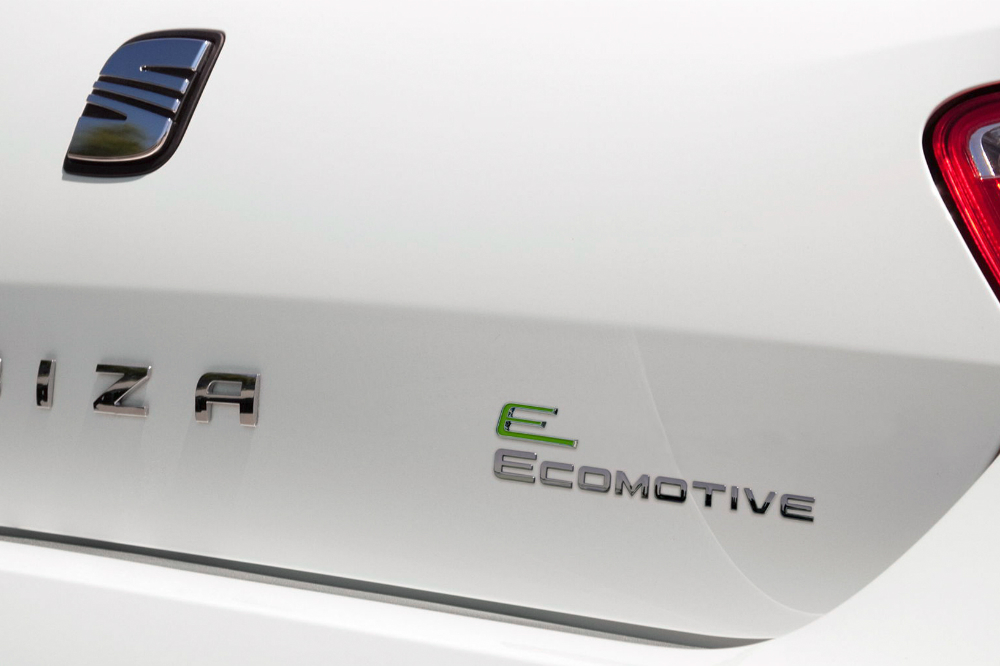
Specifications with the Ecomotive signature can be found with most of SEAT’s current models.
The SEAT cars with the Ecomotive signature boast the lowest CO2 emissions possible. For example the Mii Ecomotive emits just 96g/km in CO2.
Skoda – GreenLine
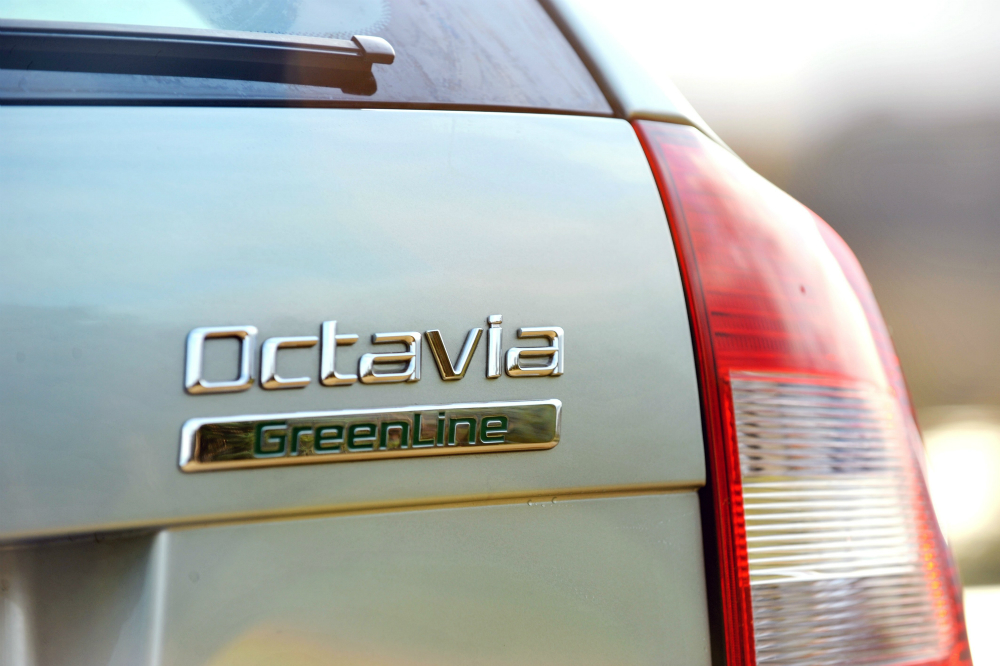
The GreenLine signature is applied to the most efficient and cleanest models in each Skoda model’s range.
Vauxhall – ecoFLEX
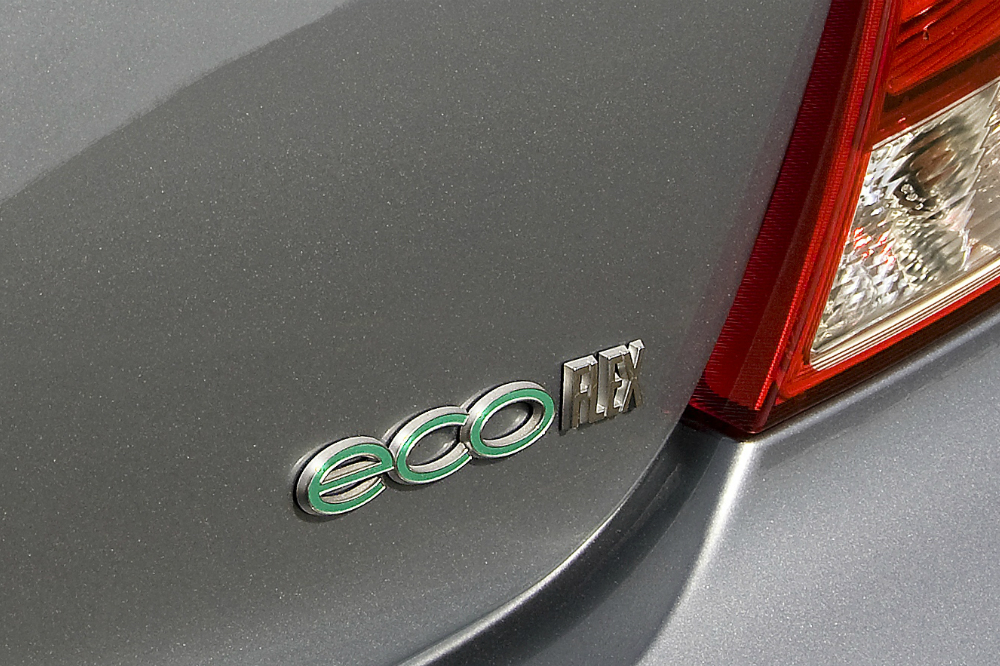
Vauxhall’s ecoFLEX is a signature with one of the largest amount of models under its wing. It in fact covers virtually every model currently on offer from Vauxhall, including the high-selling Corsa supermini and Astra family car.
The fuel-saving and emission-cutting technology added by ecoFLEX models results in Vauxhall offerings some of the cleanest family cars on the market.
Volkswagen – BlueMotion
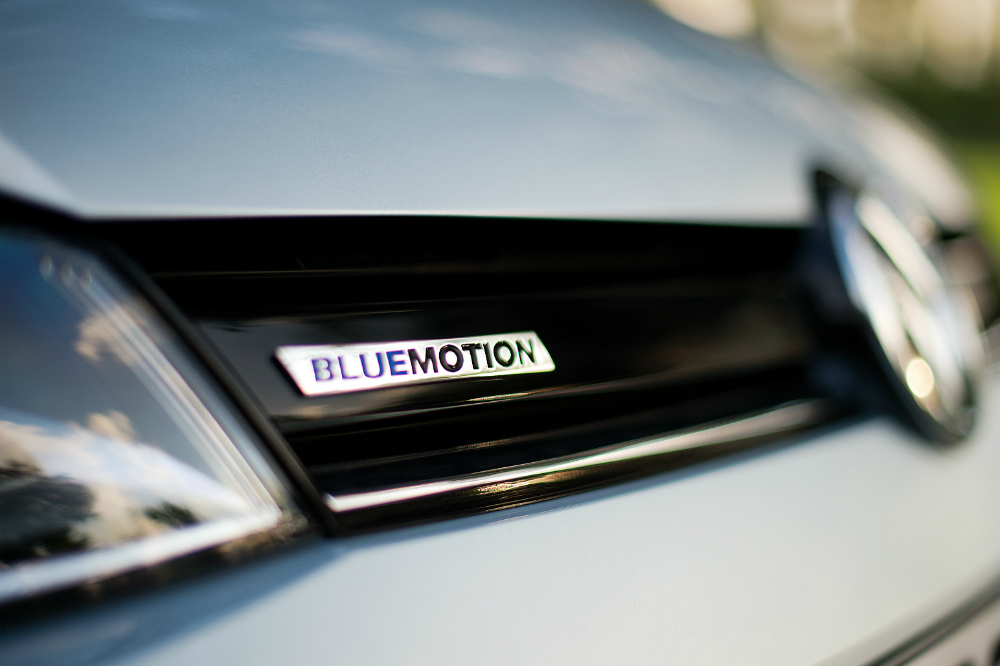
The BlueMotion signature is applied to the most frugal of all the TDI diesel engines developed by the German manufacturer Volkswagen.
These incredibly frugal units can be found available with most of the best selling VWs, including the Golf and Polo.
